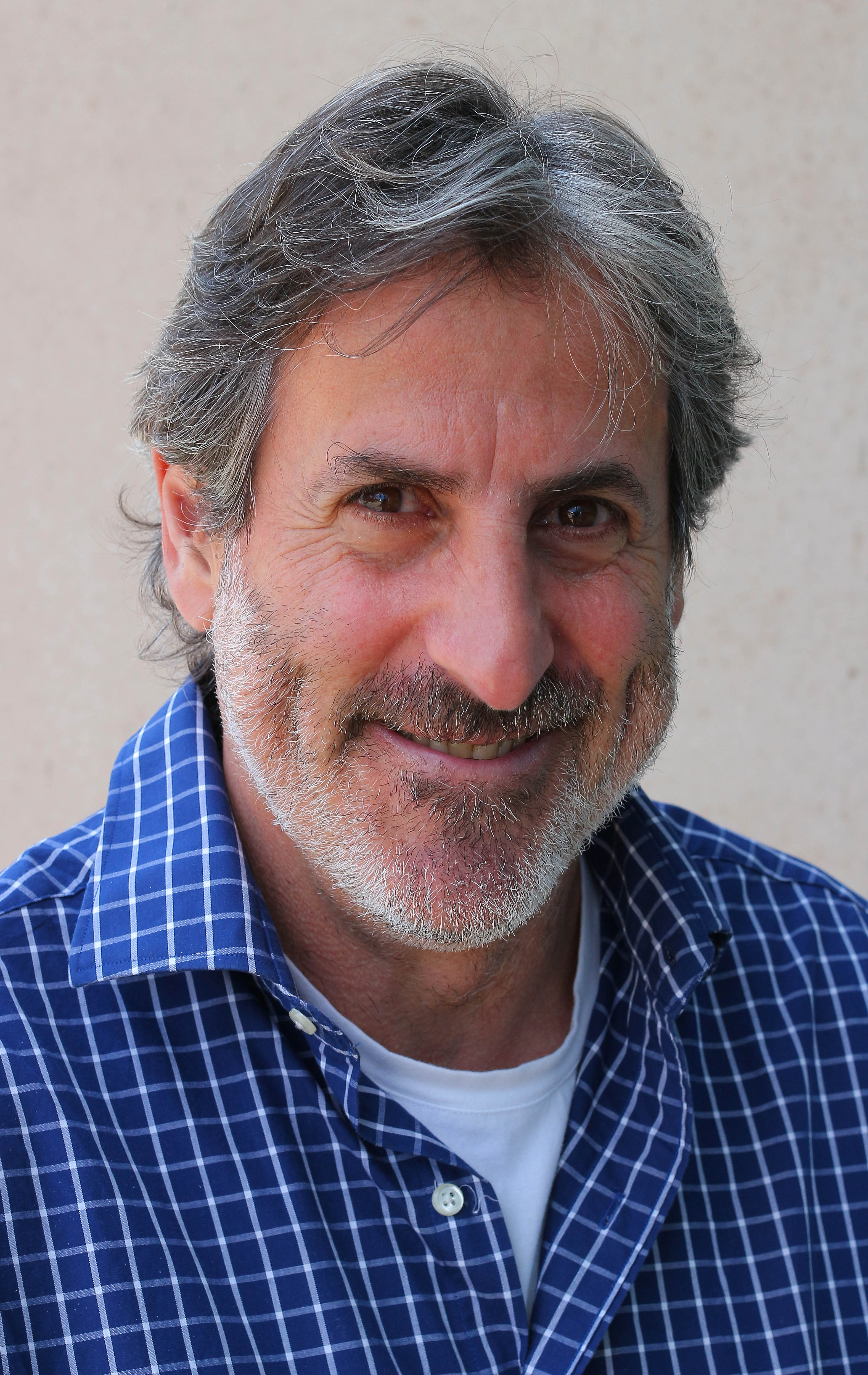
You have to give credit to the United States Golf Association and the Royal and Ancient Golf Club for modernizing the game with some progressive rule changes, making if far less complicated for players of all ages and abilities, and let’s hope the collective bodies put to rest any suggestion of rolling the ball back.
This has become somewhat of a contentious issue because of the USGA and R&A issuing a report earlier this month that indicated the driving distance had increased by three yards in just one year in seven worldwide tours. Prior to that, the average distance had only increased 0.2 yards since 2003.
“Increases in distance can contribute to demands for longer, tougher and more resource-intensive golf courses at all levels of the game,” the report said. “These trends can impact the costs to operate golf courses and put additional pressures on golf courses in their local environmental landscape. The effect of increasing distance on the balance between skill and technology is also a key consideration. Maintaining this balance is paramount to preserving the integrity of golf.”
Golf Digest’s Mike Stachura reported the increase from 2016-2017 to 2017-2018 is 10 times greater than the increase from 2003-2016. So it is interesting how stats and metrics can be used to create change or, at the very least, discussion.
The reaction from golf ball manufacturers also spoke to the controversy. Statements from TaylorMade and Titleist vehemently opposed any change. TaylorMade CEO David Abeles issued a statement saying: “The TaylorMade Golf Company firmly opposes any potential roll back of product performance or bifurcation of the rules in any form as we believe these movements will be detrimental to the game at every level. Any separation from the rules or any step backward in performance would be disadvantageous to the growth of the game.”
Jack Nicklaus, one of the game’s greatest players, said he has been harping on rolling the ball back since 1977. Whether you agree or disagree with Nicklaus, he has played the game long enough and has contributed so much to it that you have to at least respect what he says.
The elite players are hitting the ball so far – driving 300-plus yards has become somewhat of a norm – that it is making it far easier to reach the green.
There are a variety of reasons the ball is flying longer. Changes in equipment, both in terms of the ball and the clubs, are contributing to the change. The other factor is the players themselves: They are bigger and stronger, thus there is a cumulative reason for the increased distance.
I think it would be wrong to reduce the distance the balls come to rest by 20% -- which is what has been suggested would be the solution. Fans want to see the players grip and rip it, to coin a John Daly statement. Why penalize the best players in the game because of that? Imagine seeing a drive take off and reach a certain distance, and then have some official take the ball and march back some 60 yards.
I just don’t think it would fly, pardon the pun.
Would you do the same thing in the Olympics with the shot put or the javelin, both of which are being thrown with greater distance than say 20-30 years ago?
Leave the rules as they are. Certainly, when you take the collective group of pro players compared to the amateurs and recreational players, we are talking about a small percentage.
If you want to make a change, take an 18-hole course and reduce it from say a par-71 to a par-70 or par-69. That would create a change, instead of increasing the distance of the course, which would be costly anyway.
The good thing about all of this is that it has created some healthy discussion. The same for the players and, for that matter, the manufacturers of golf balls.

